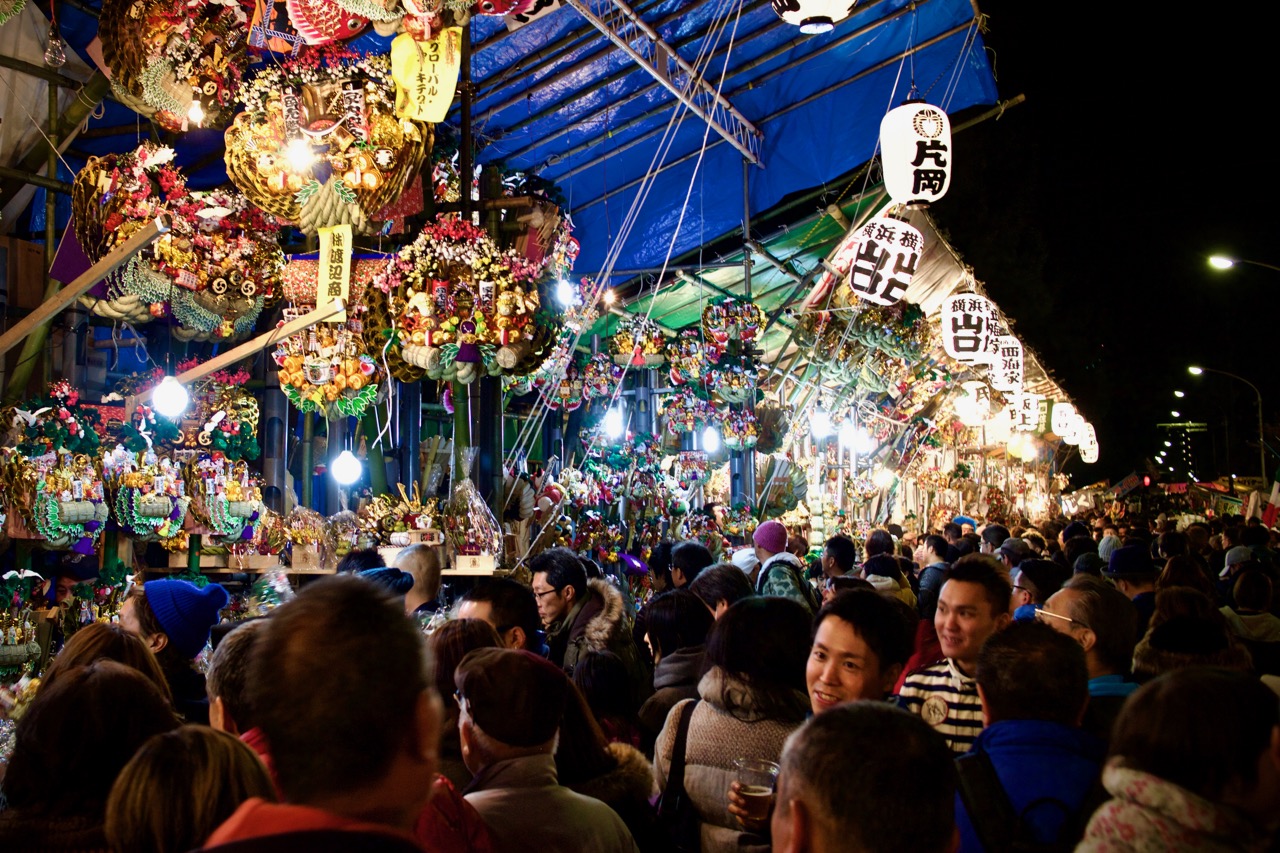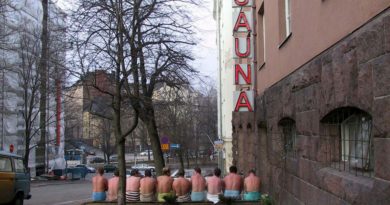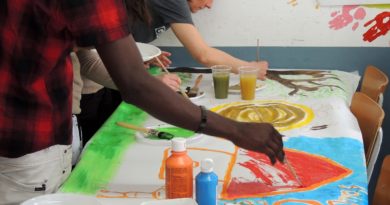Brussels photographers – Meet Marc Popelier, the Belgian who captured Japan
« To first-time travellers Japan is a country with a rather unique and somewhat mysterious culture. It made the same impression on me. Since my first trip in the summer of 2002 I have always wondered why I immediately felt at home in Japan: a far away country, different in many aspects and sometimes the opposite of what I leaned in my childhood and as a student ».
Those are the first words of Marc Popelier in his new book « Sight and scenes of Japan ». Marc says he’s an amateur photographer but the quality of his work and the recognition he got from both Japan and Belgium indicate his professionalism. Throughout more then 200 pages, Marc captured the essence, spirit and heritage of Japan.
« Sights and scenes of Japan is build around a collection of photos I took during my journeys in Japan. It covers places and scenes that caught my attention when I was passing by at a particular moment in time. When making a portrait every photographer will emphatic the light, ambiance, setting and general atmosphere in a different way. The same goes for this book. It is a small personal selection of photos which I hope will shape a portrait that captures the beauty and essence of Japan and will tempt anyone to make a first time visit or rediscover this fascinating country ».
Lake Ashi
On a clear day the view of mount Fuji from Lake Ashi, also referred to as Lake Hakone, is breathtaking. The active volcano Mount Fuji or Fuji-san, as the Japanese call their sacred mountain, is 3 776m tall and the highest mountain in Japan. The climbing season is usually from mid July until mid September. From the end of September onwards the first snow falls at the peak as seen on this photo and climbing is no longer possible.
Heian-jingu
The huge vermillion red Haian Shrine and the massive torii on the avenue leading to the shrine make it a landmark that cannot be missed. The Shinto shrine was completed in 1895 to commemorate the 1100th birthday of the city of Kyoto and to honour the Emperor Kanmu and Emperor Komei, respectively the first and last emperors to rule Japan from Kyoto. The impressive site, including a nice Japanese garden is a replica at 60 percent of the original size of the emperor’s Hall of State.
Autumn
Especially in late autumn there are long, sunny and dry periods and temperatures are very confortable. Colourful autumn leaves, known as koto in Japanese draw just as many visitors, if not more, as the cherry blossoms do in spring. Starting in the north in late September and moving down south until mid November the autumn foliage with its almost flashy yellow, orange and red colors are stunning. Especially in the weekends lots of domestic tourists visit the national parks and epic places such as Nikko and the temples and shrines of Kyoto.
Winter
Depending on what part of Japan you are traveling to, there will be a completely different experience on winter. Winter in Kyushu and in the big cities on the east coast such as Tokyo and Osaka seldom brings frost and snow and there are long periods with sunny days. In contrast; in the Japanese Alps, along the northern coast of the Sea of Japan in Hokkaido, temperatures drop quickly with very high levels of snowfall for many months. These are perfect conditions for skying, snowboarding, and snow hiking.
Geisha
The origins of gheisha culture go back to the courtesans entertaining high-ranking and wealthy men in traditional Japan. Geisha are extremely well trained in a range of Japanese arts, but the community has been shrinking considerably over the last century. It is still possible to see gheishas and maikos, apprentices of gheisha, in the Higashiyama district and Gion, the old pleasure quarter of Kyoto. The exquisite kimonos, the make-up and the mystery surrounding the profession have a strong appeal on tourists. Over the last years, the gheisha community has expressed the wish not to be followed around by hordes of tourists searching for a perfect selfie.
Osaka Castle

The impressive Osaka Castle was completed in 1585 but despite massive layers of protection it did not survive the many wars. In the 1930’s a perfect replica was but. Inside is an exhibition that explains the long and turbulent history of the castle in medieval Japan.
Tori-no-ichi festival
The Tori-no-ichi festival is a popular ancient Shinto custom that takes place every November. Many self-employed and owners of small companies visit the Otori Shrines to ask for prosperous business. During the festival fairs are held near the shrine and surrounding streets. When a rake is sold, the seller and buyer clap their hands rhythmically. It all adds to the great ambiance during the fair.









